FC DINAMO ZAGREB mr. sc. Romeo Jozak Youth
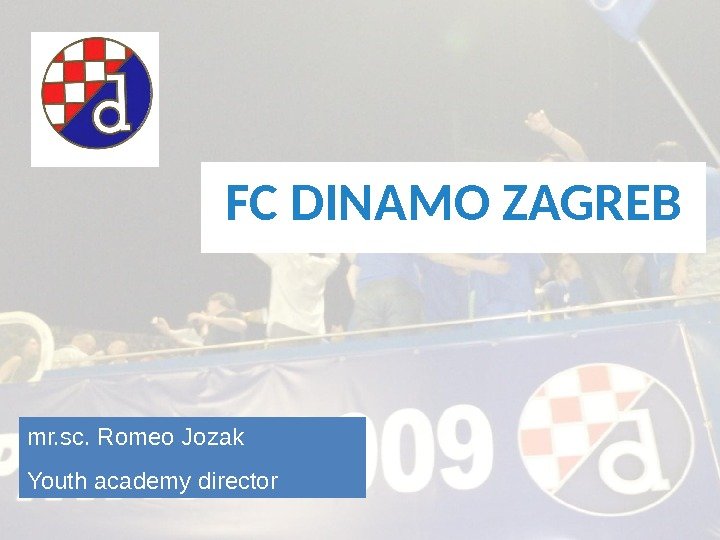

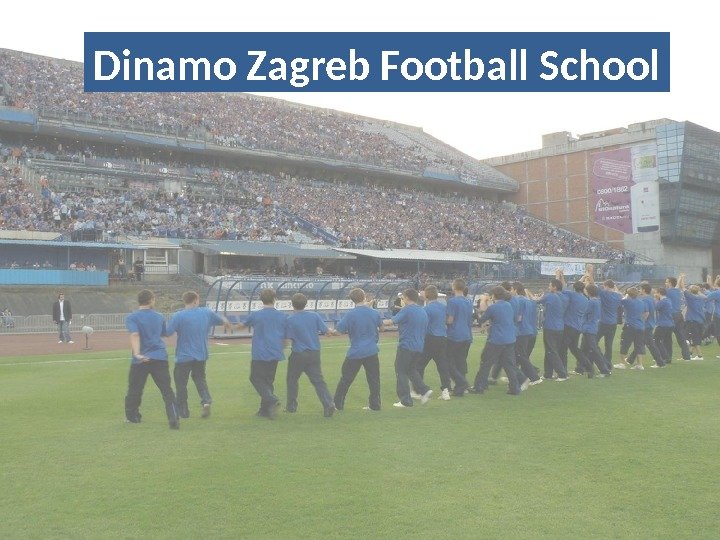
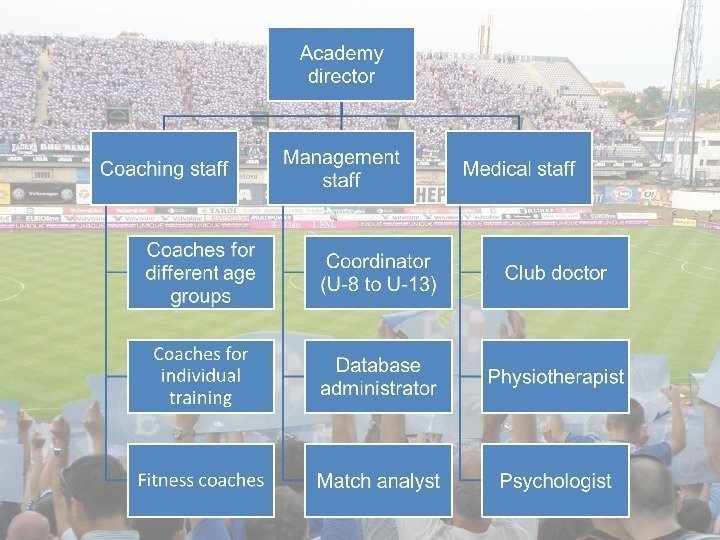
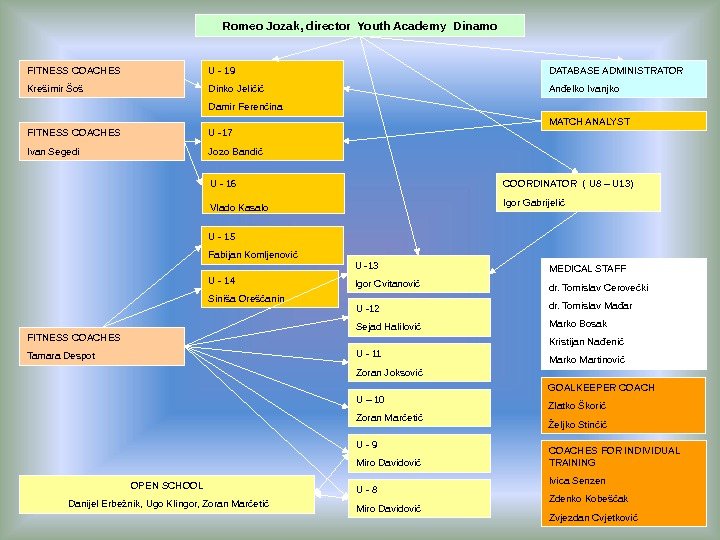
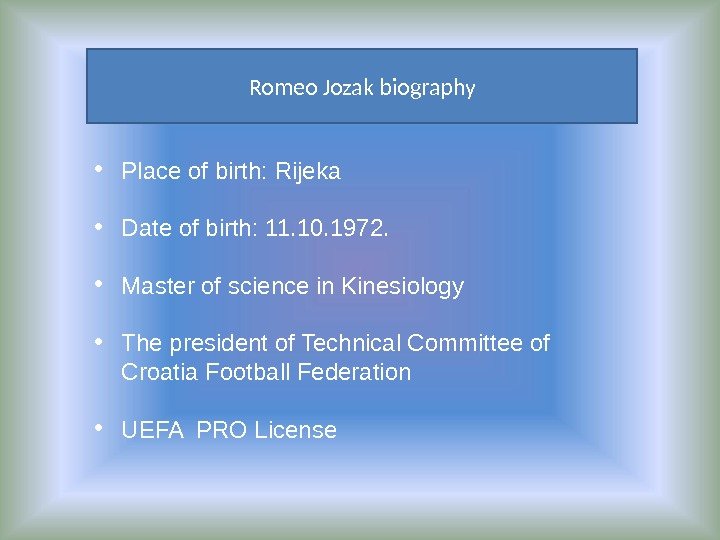
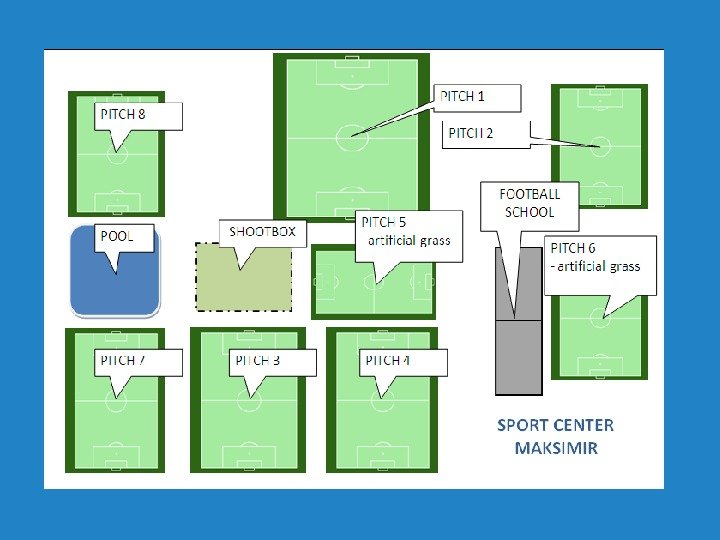
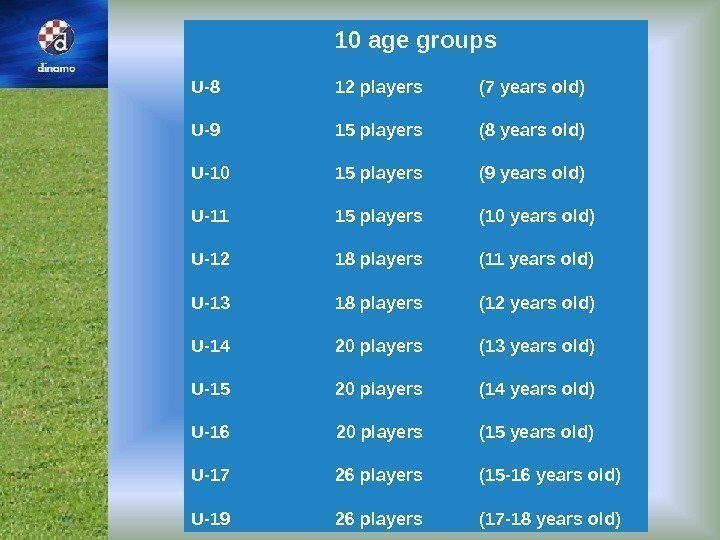
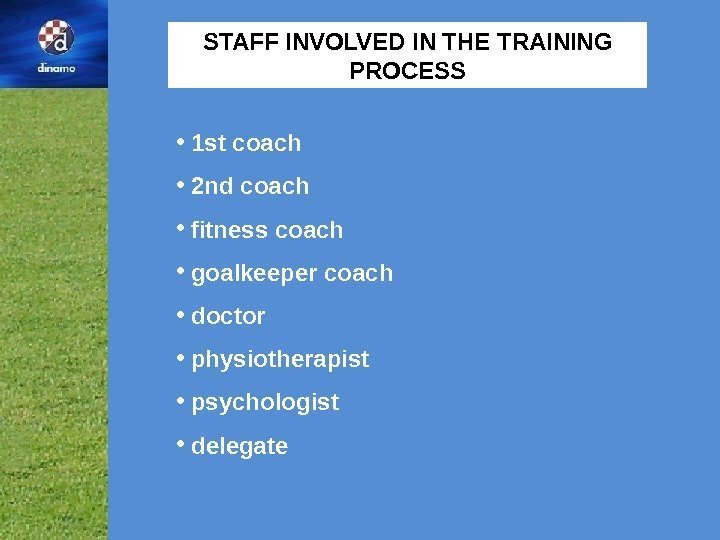
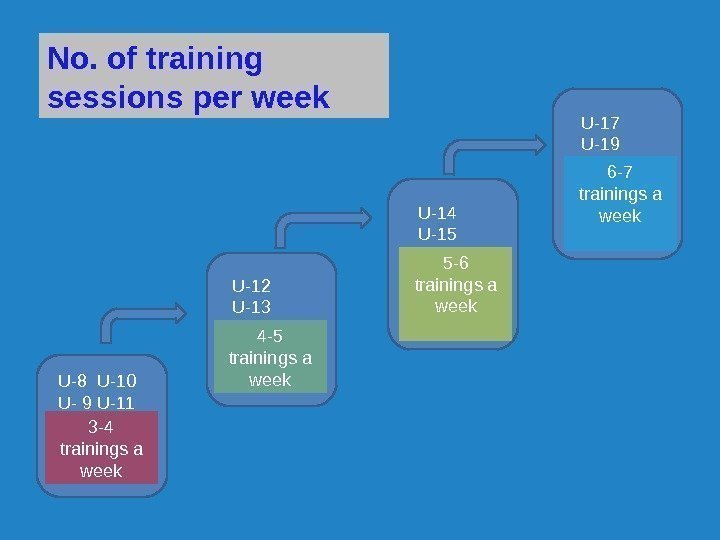
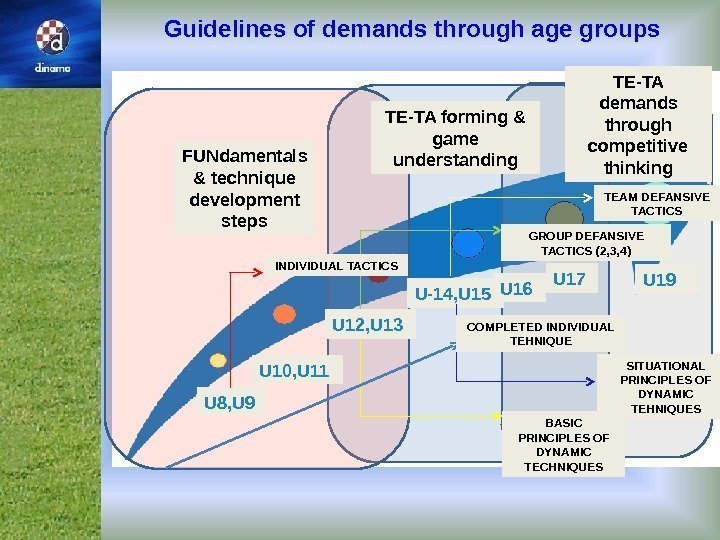
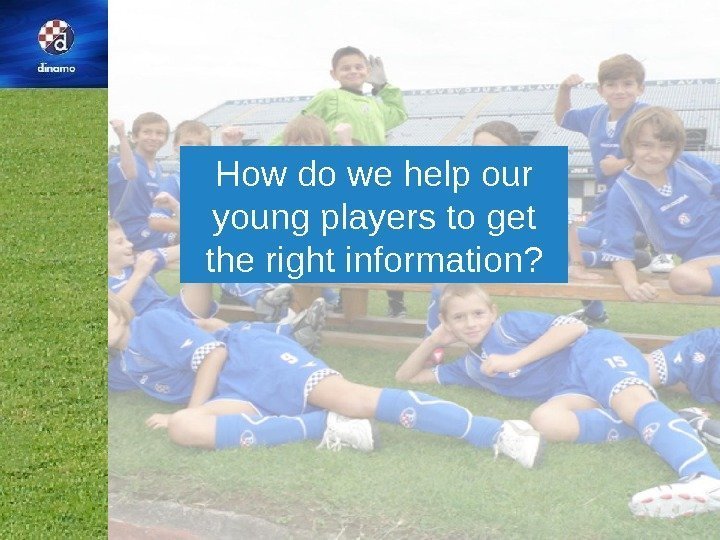
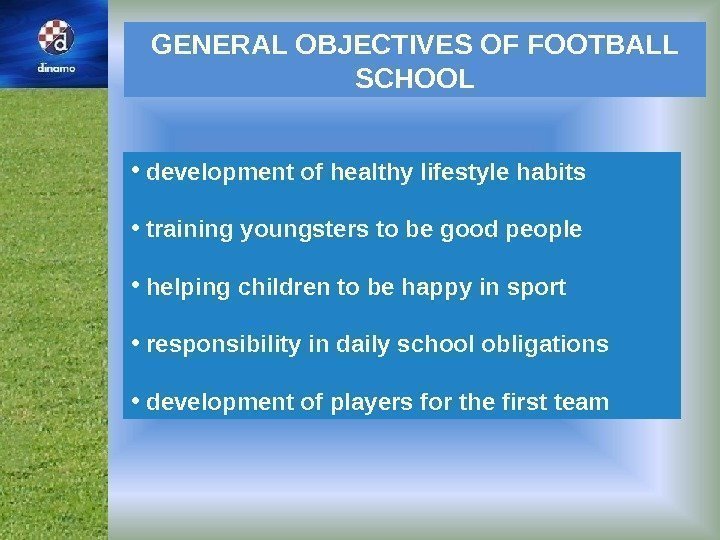
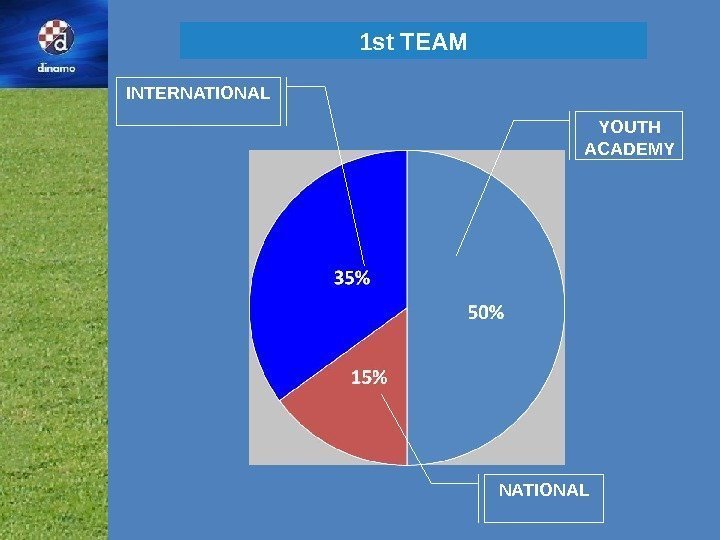
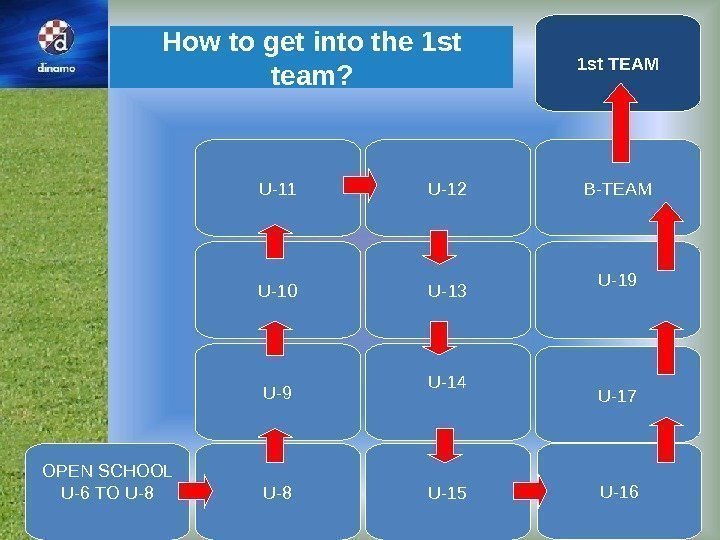
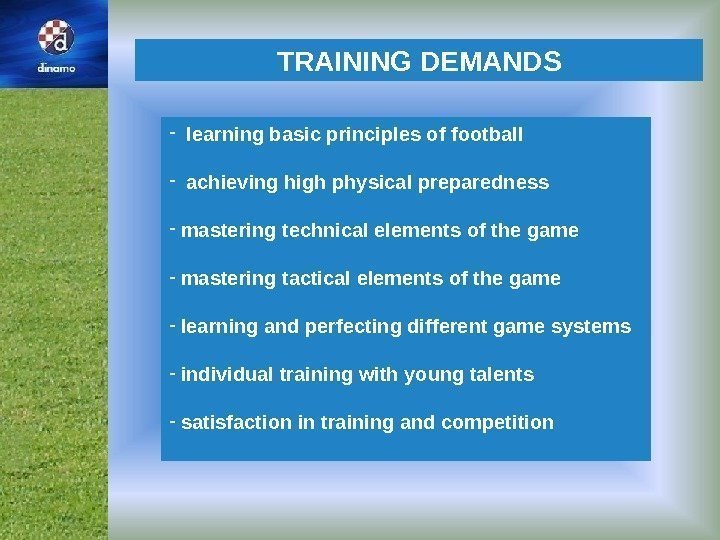
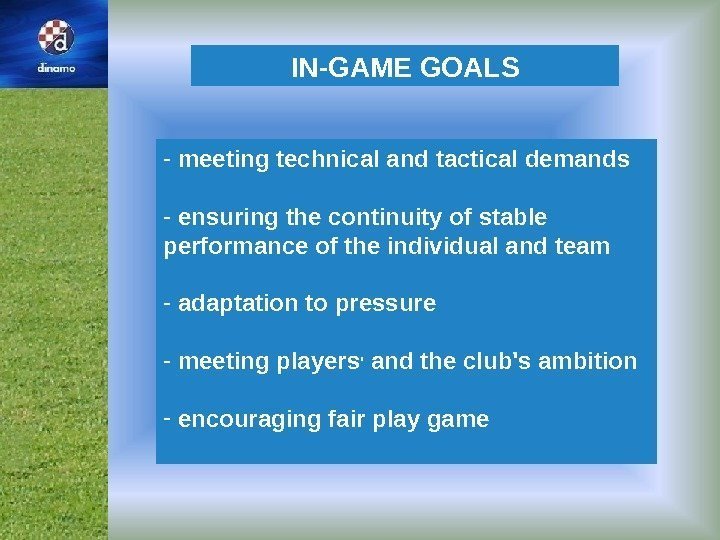
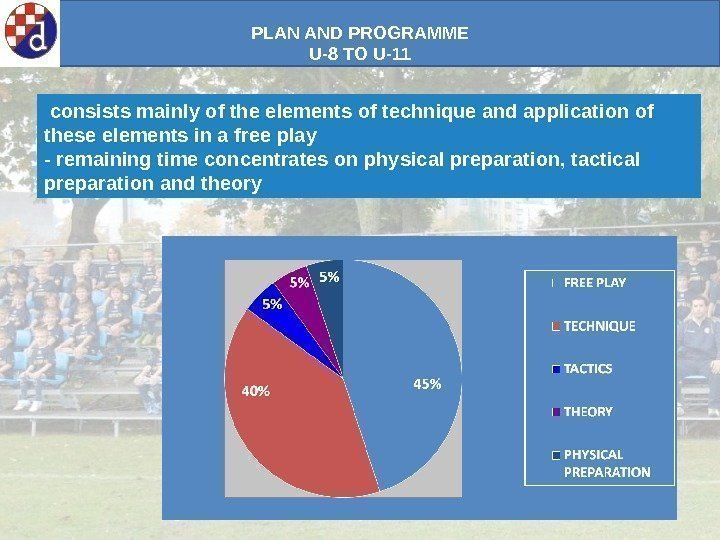
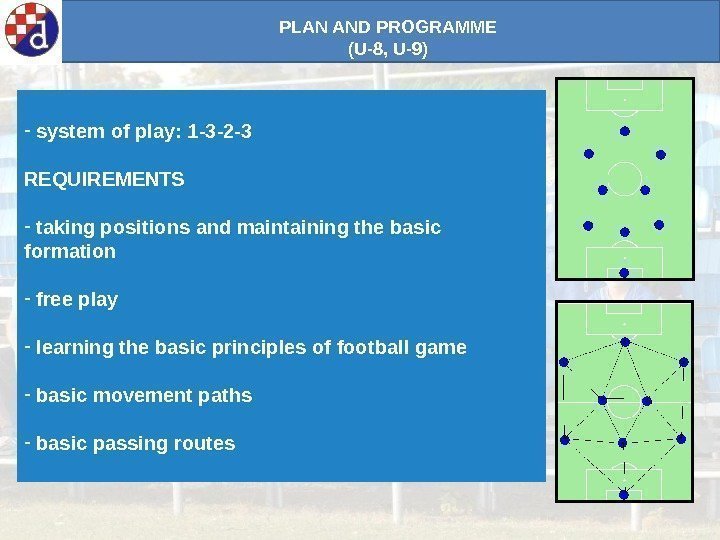
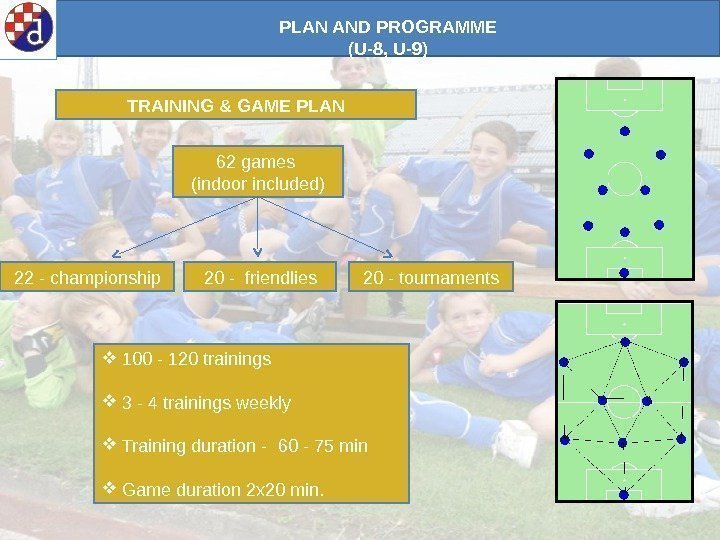
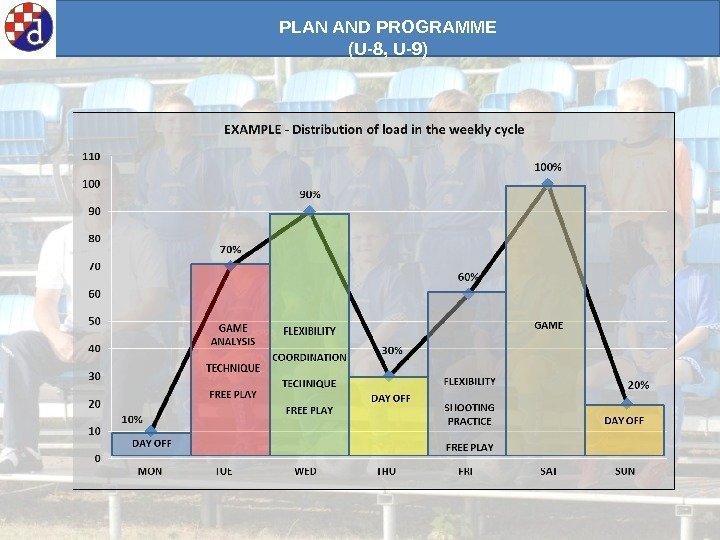
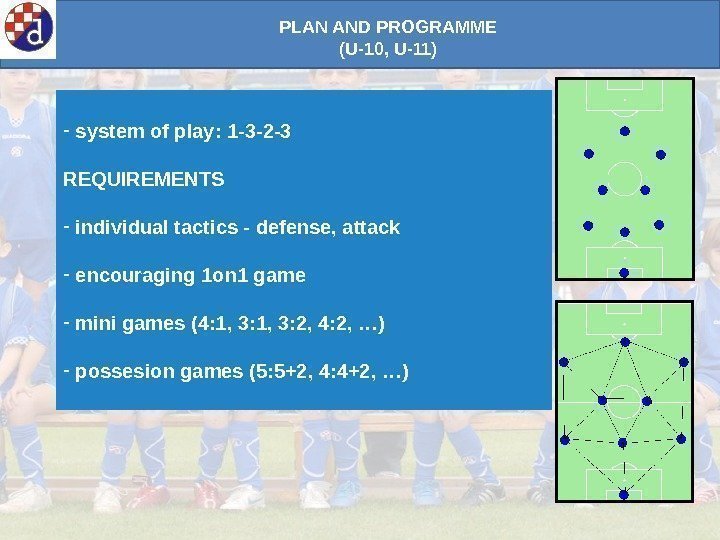
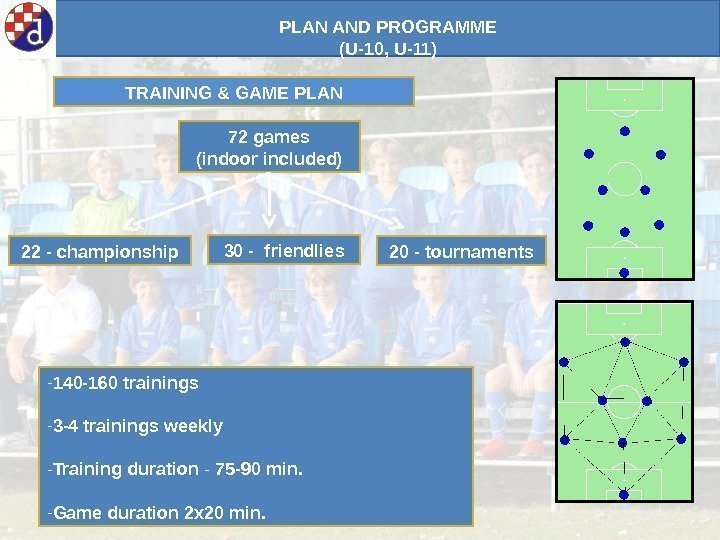
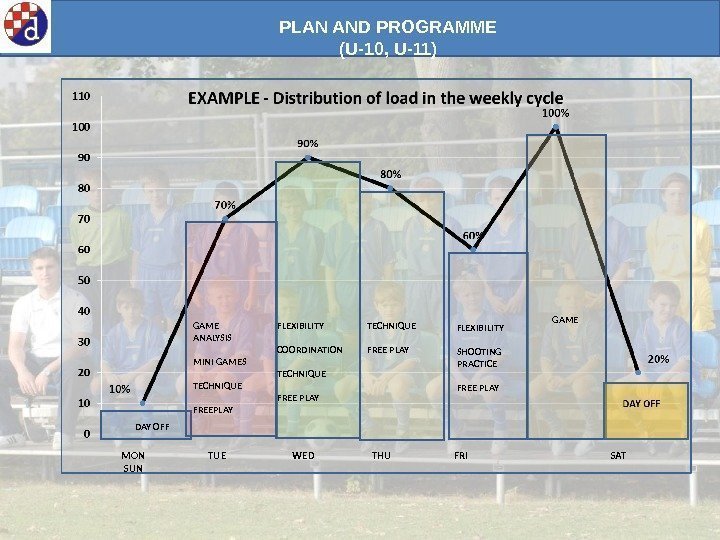
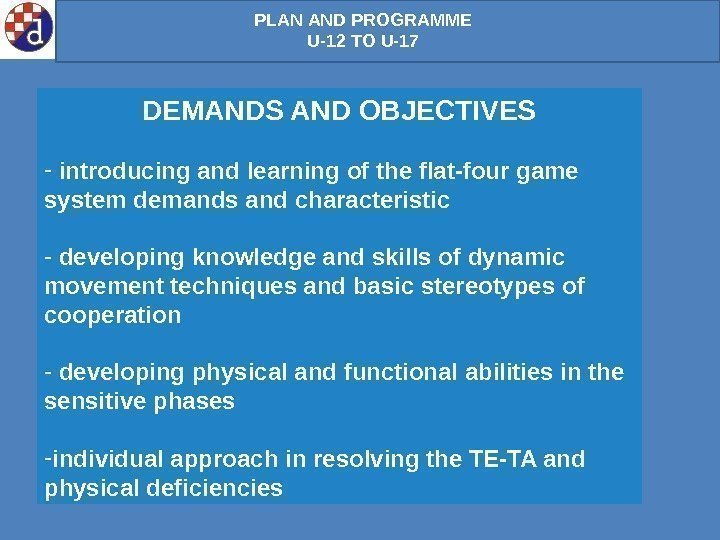
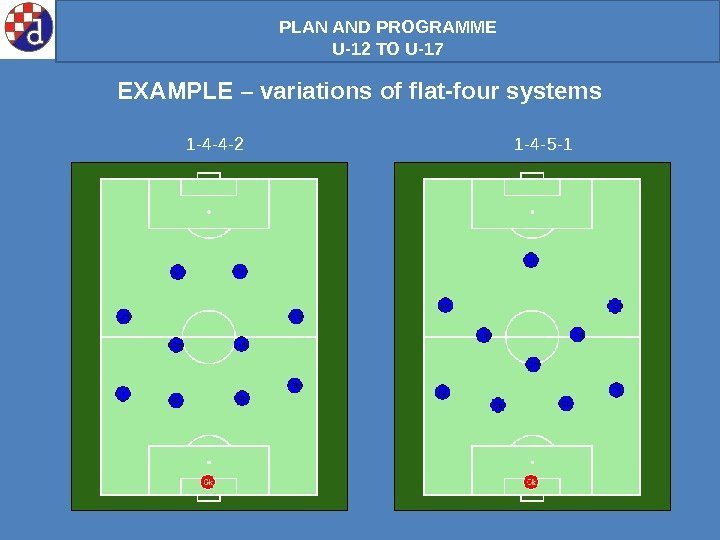
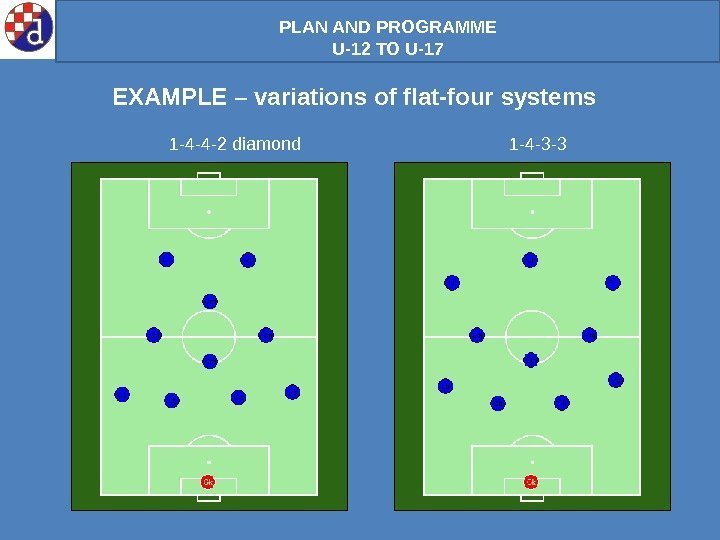
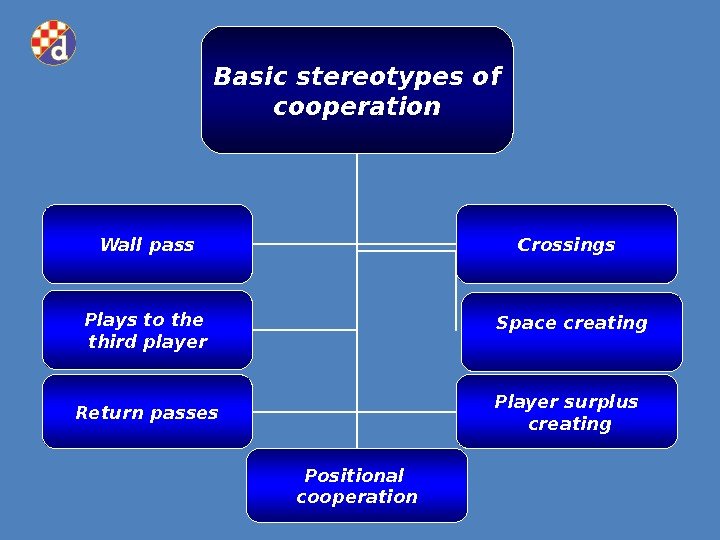
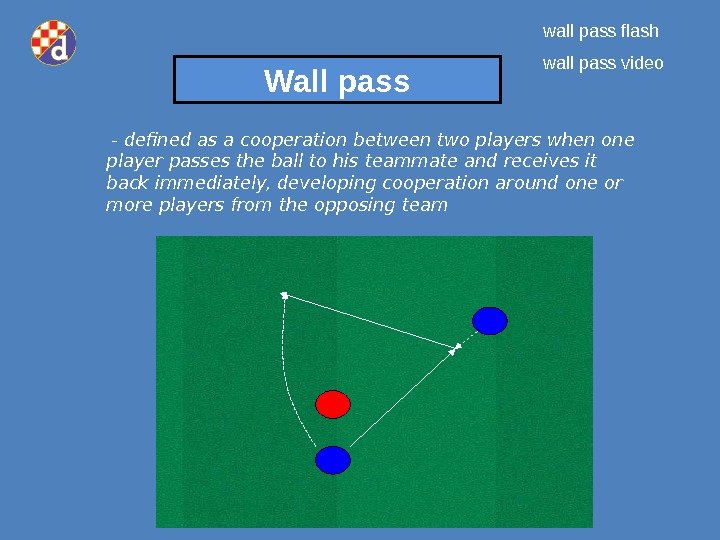
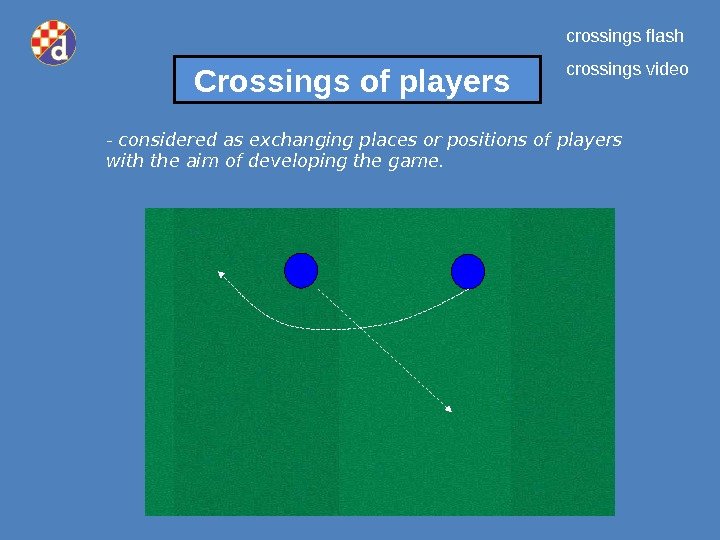
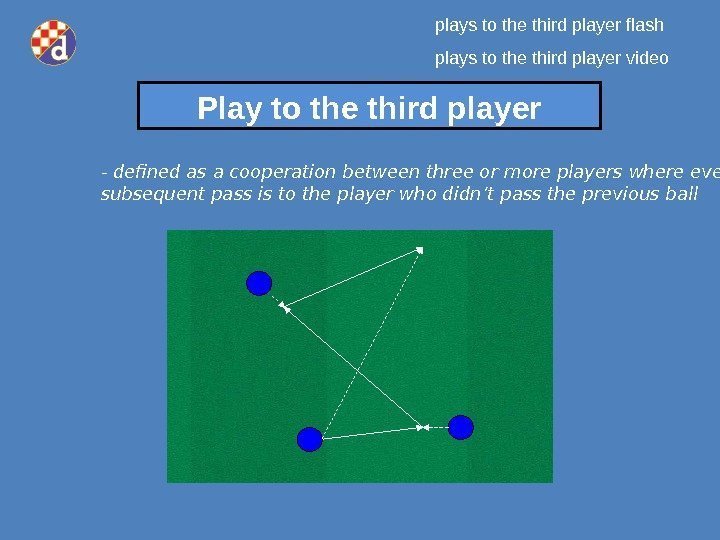
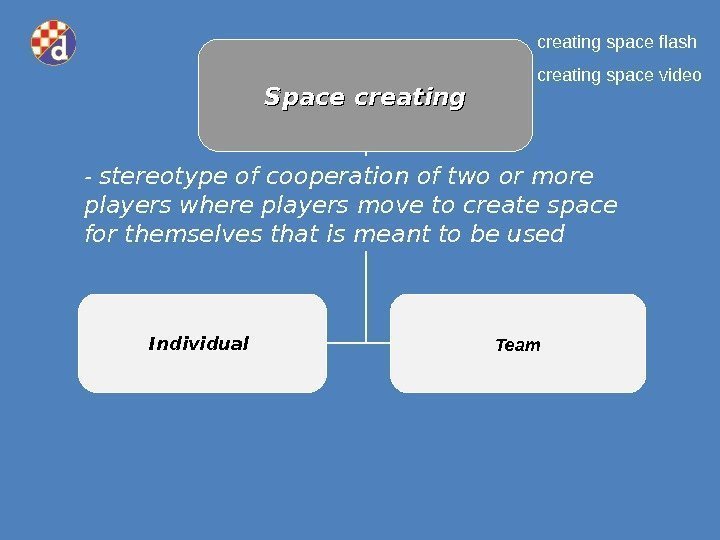
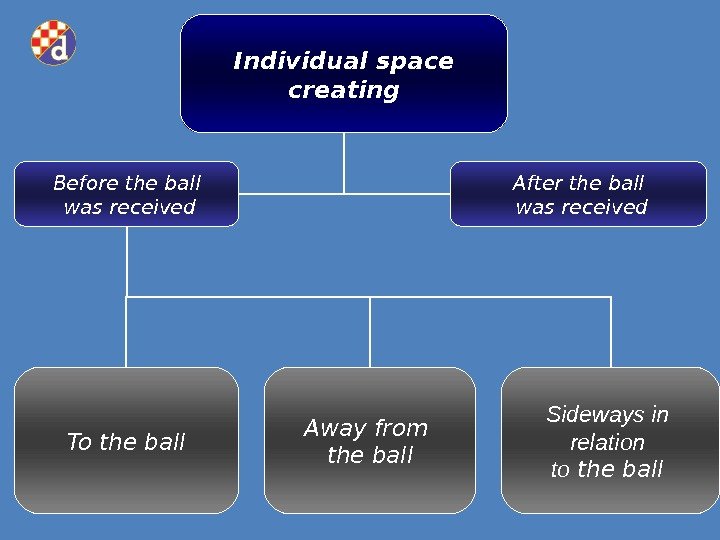
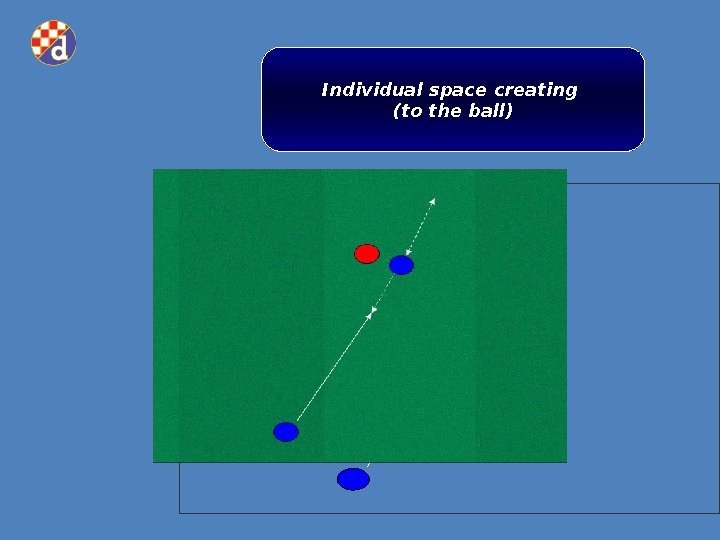
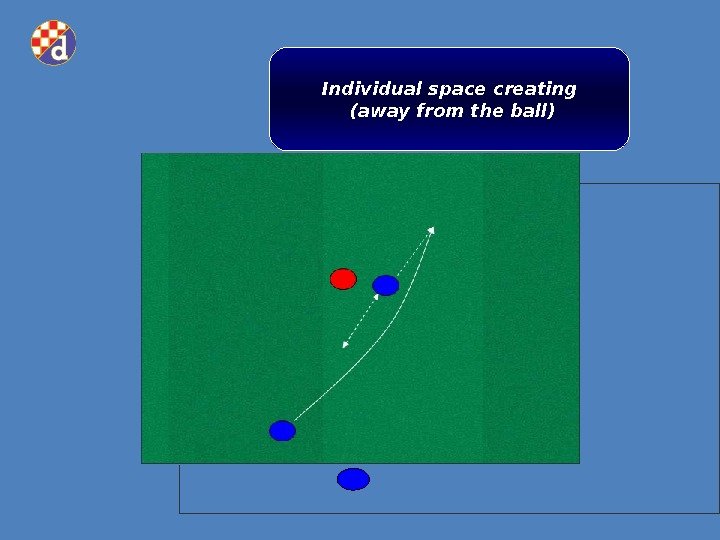
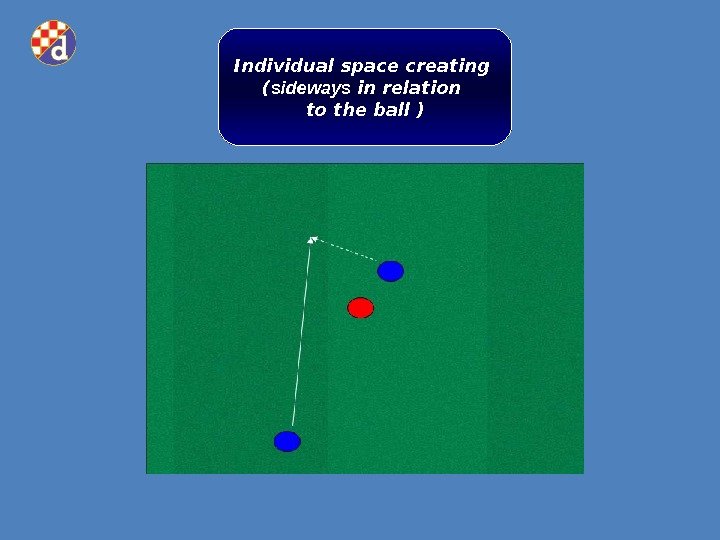
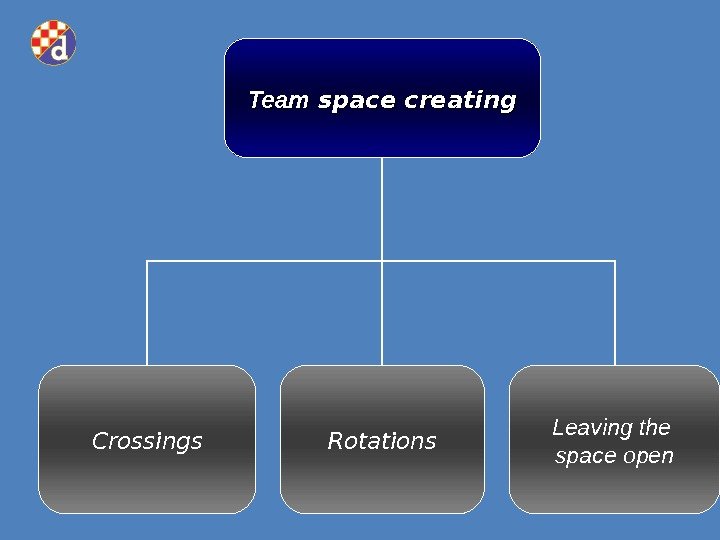
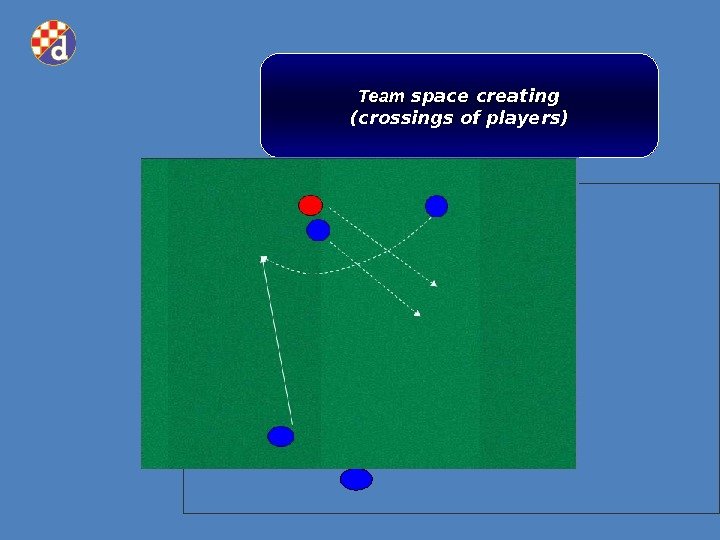
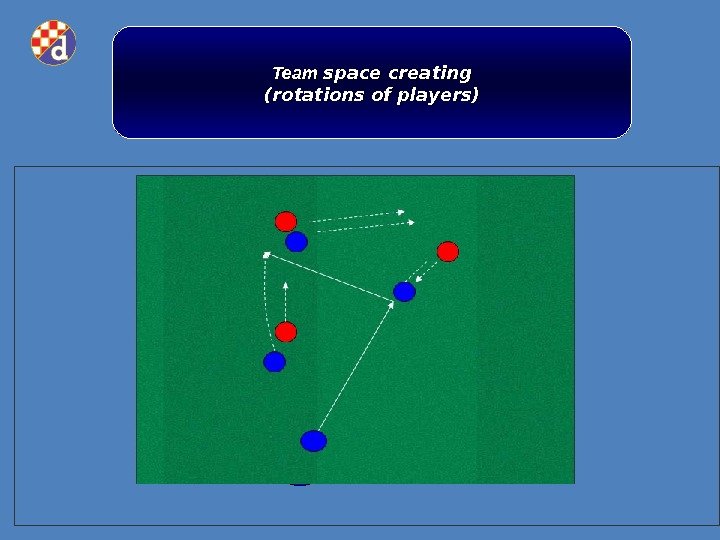
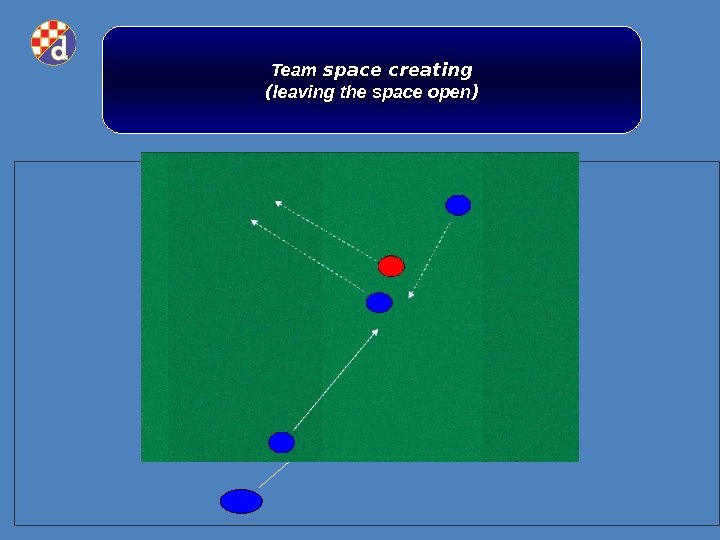
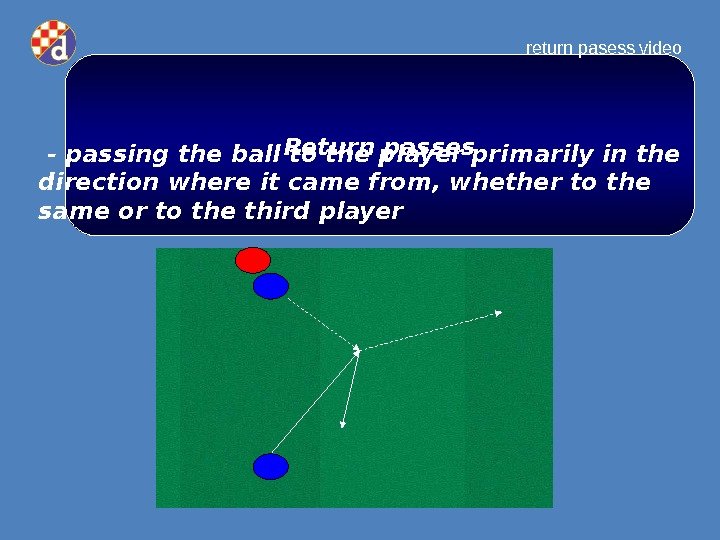
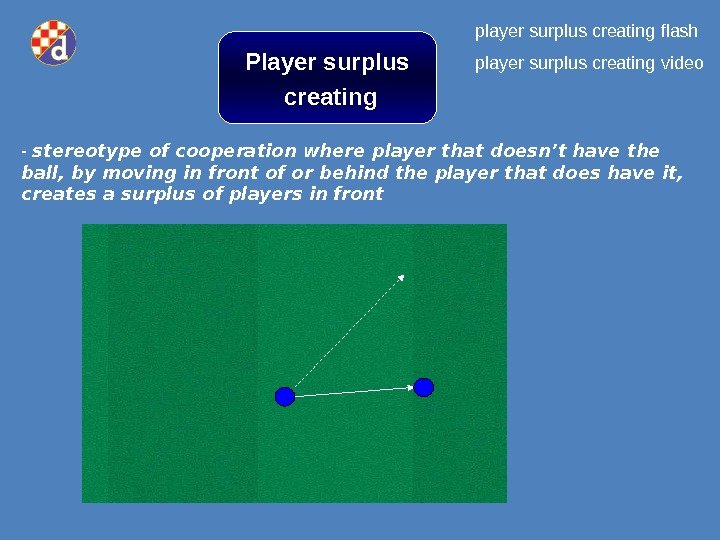
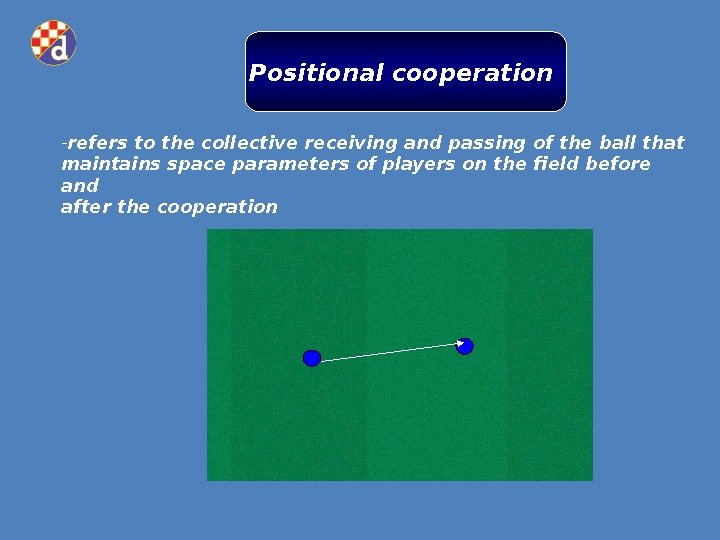
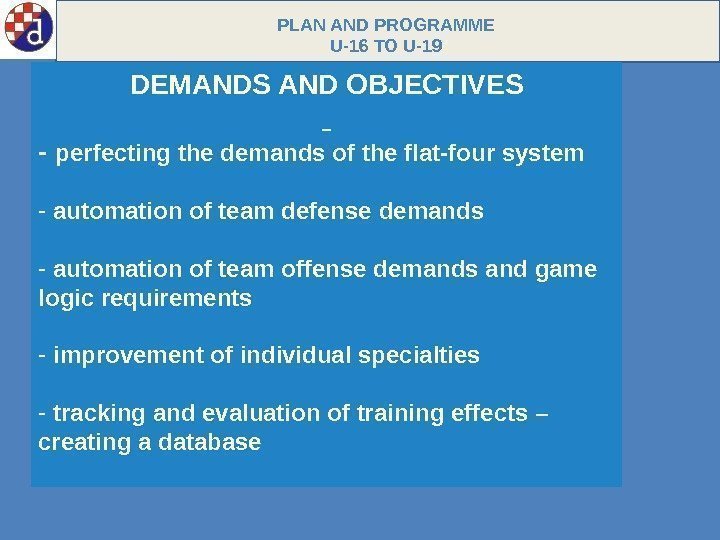
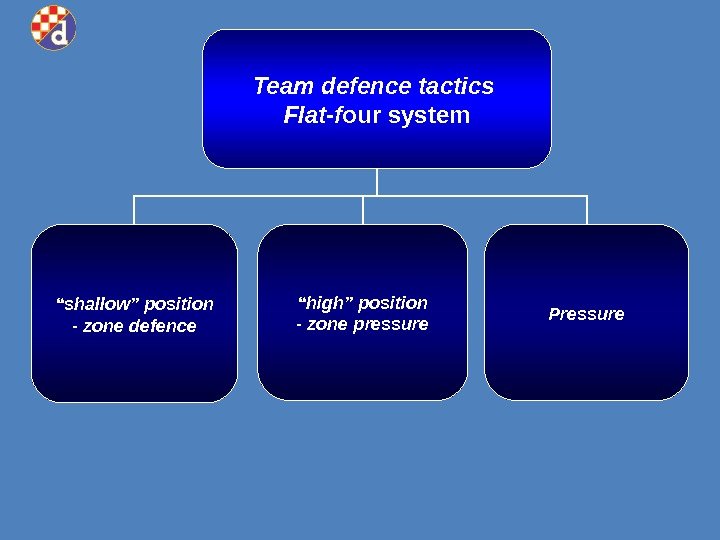
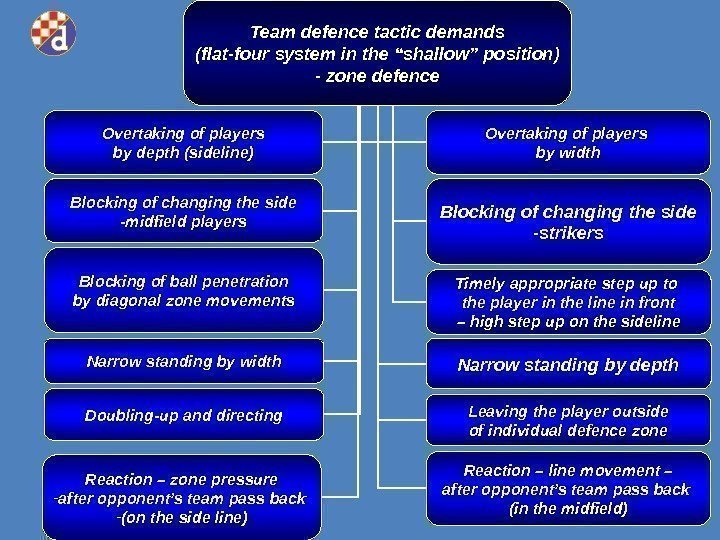
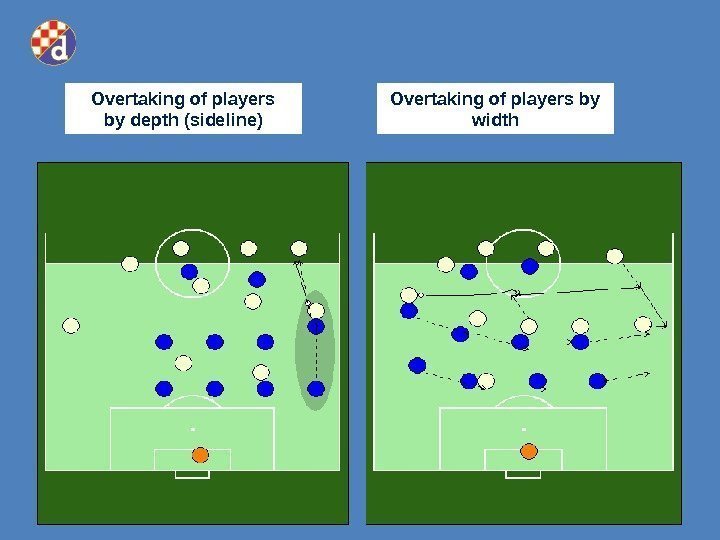
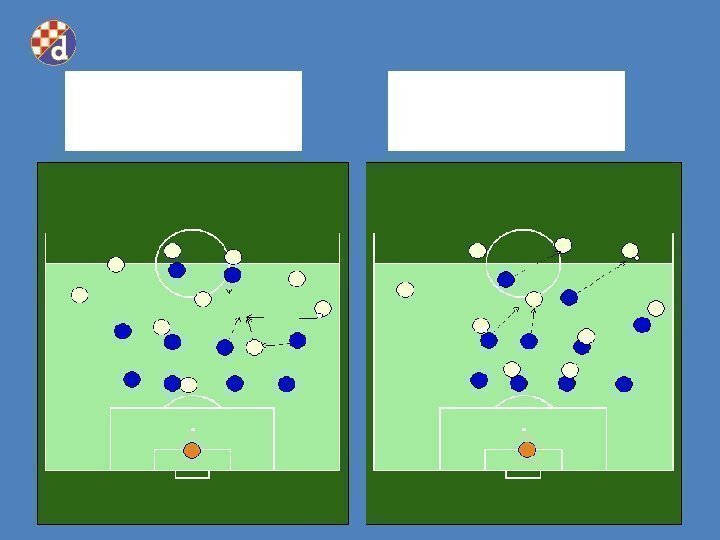
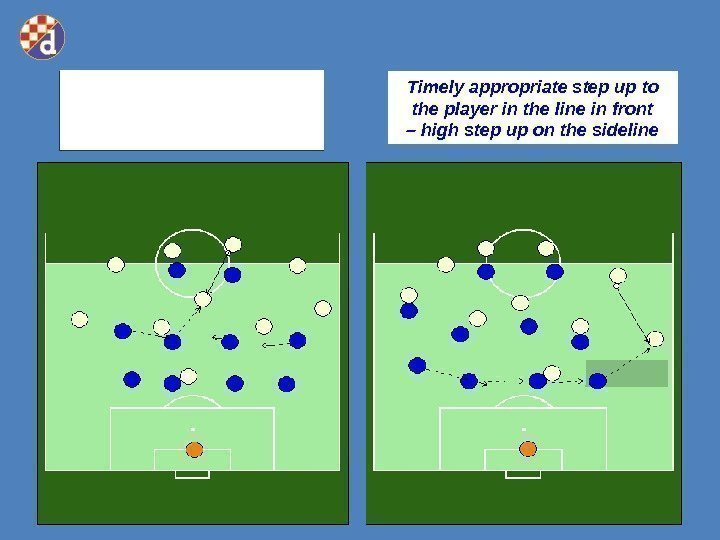
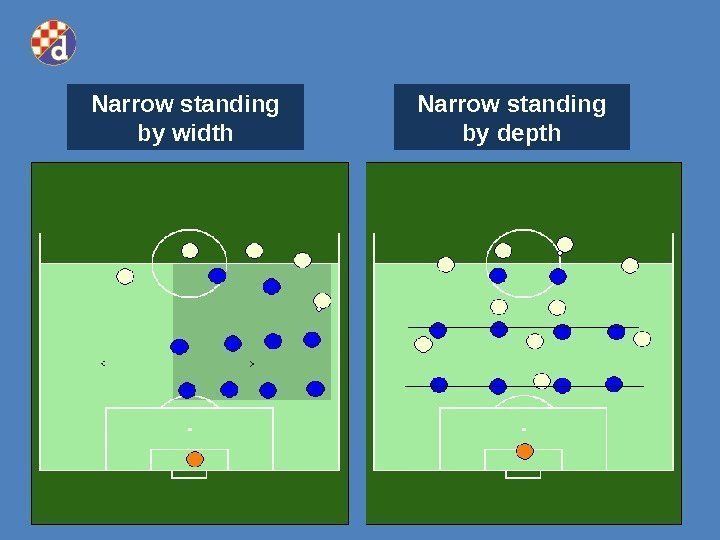
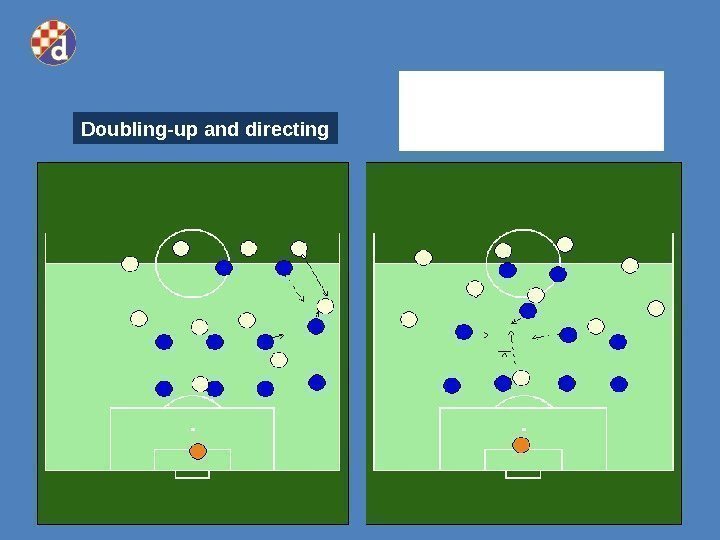

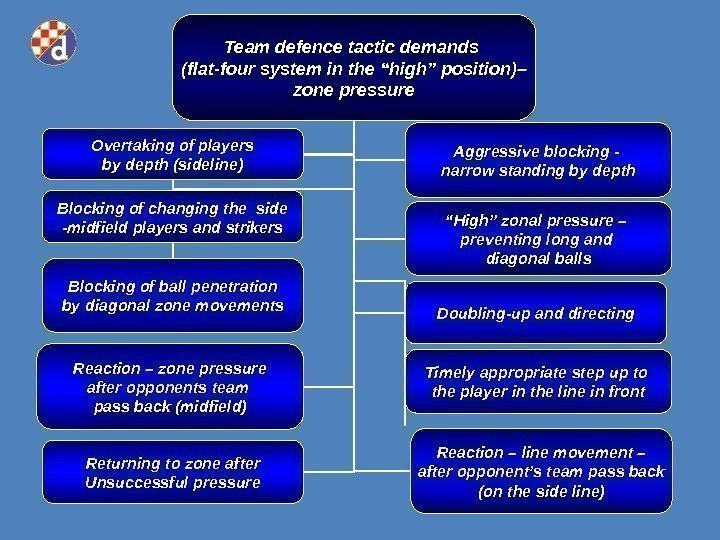
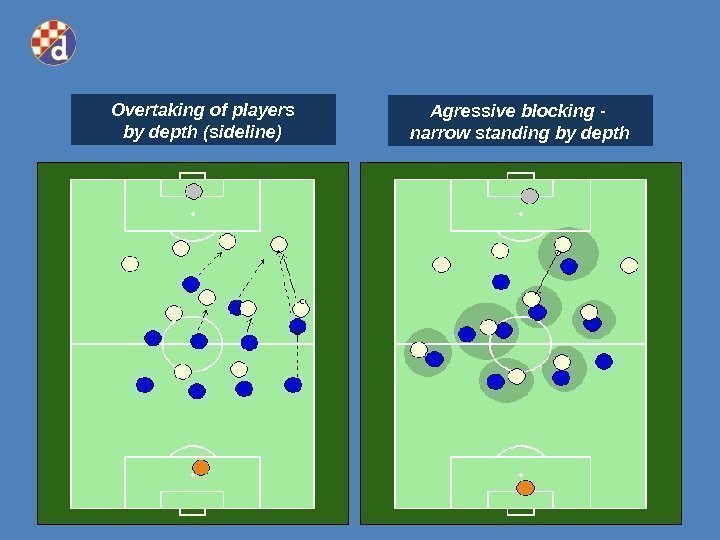
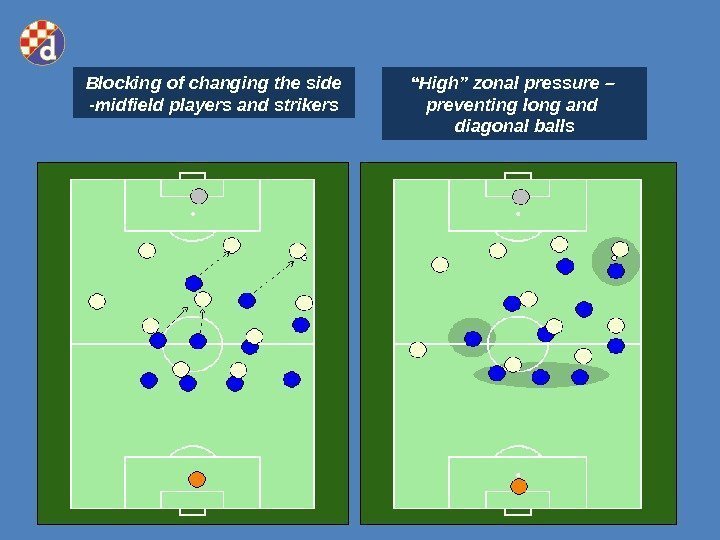
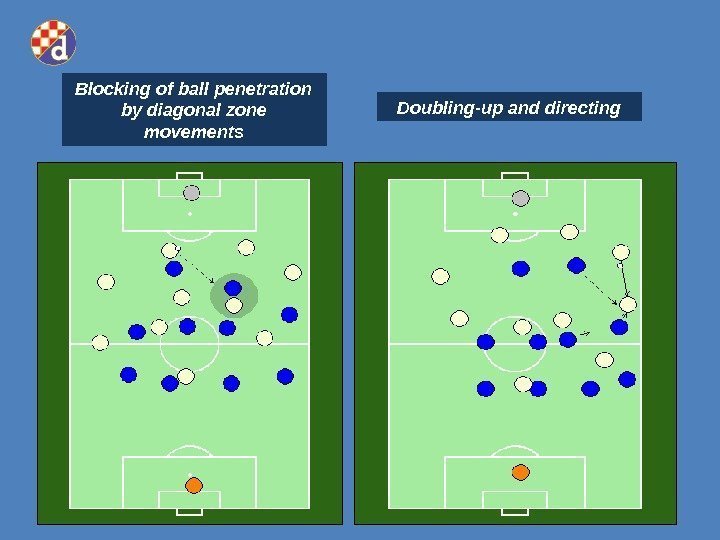
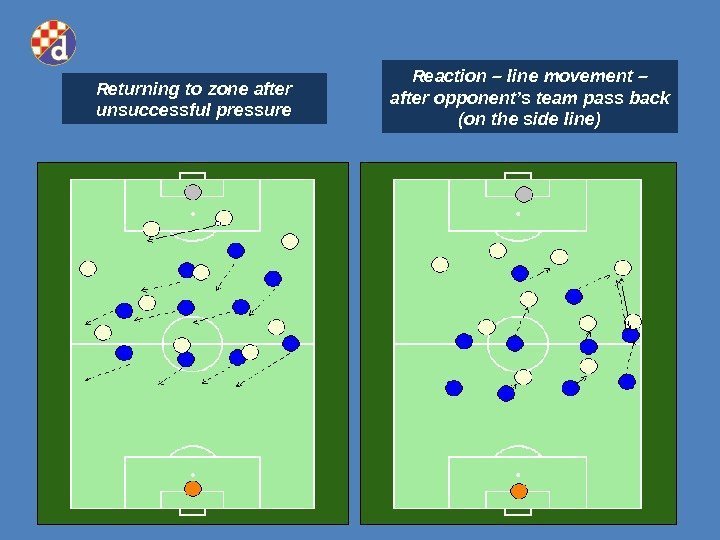
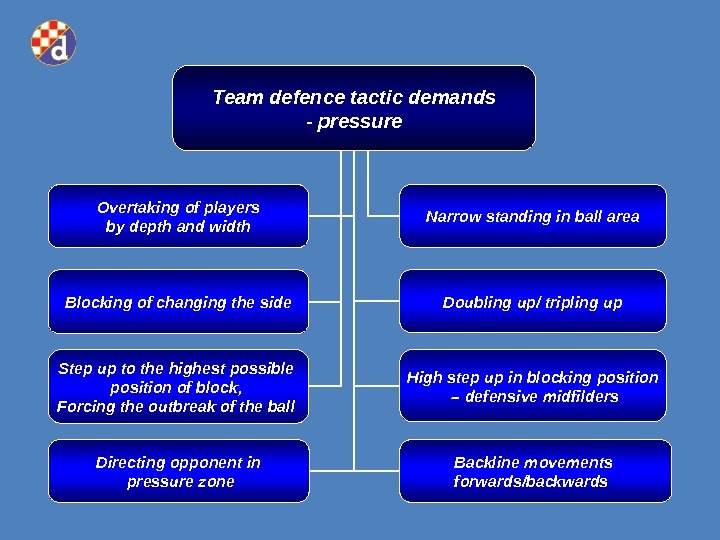
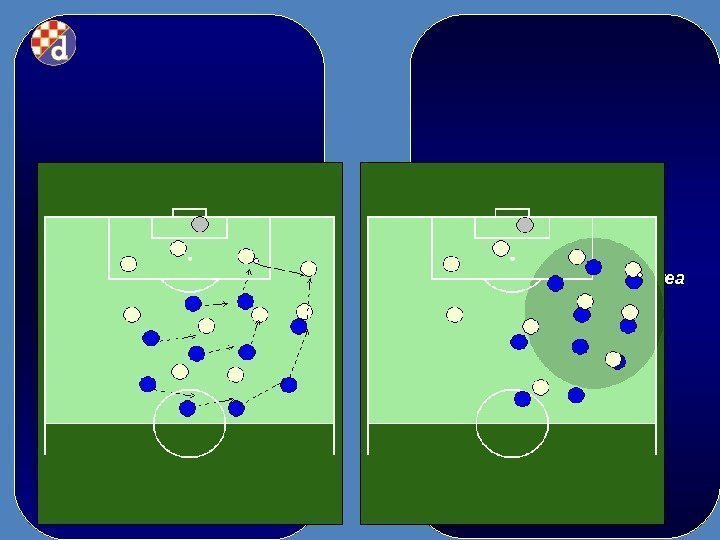
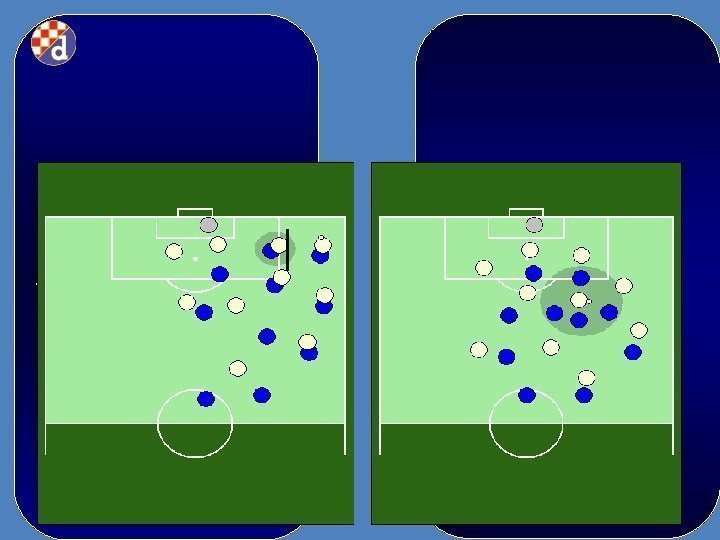
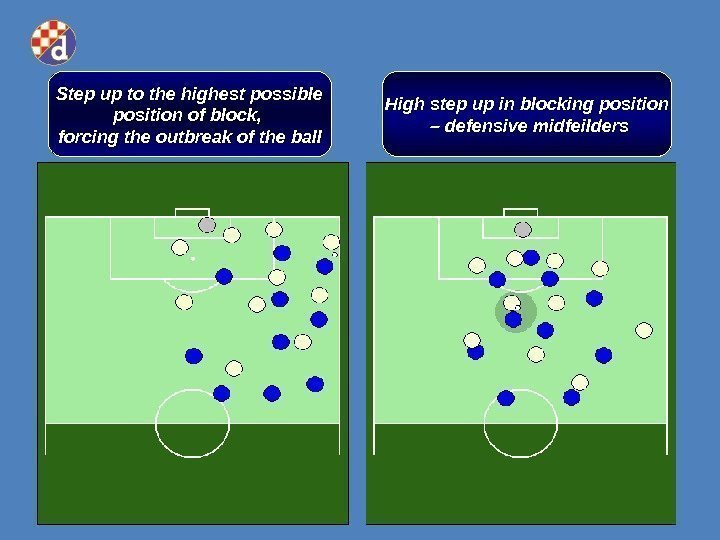
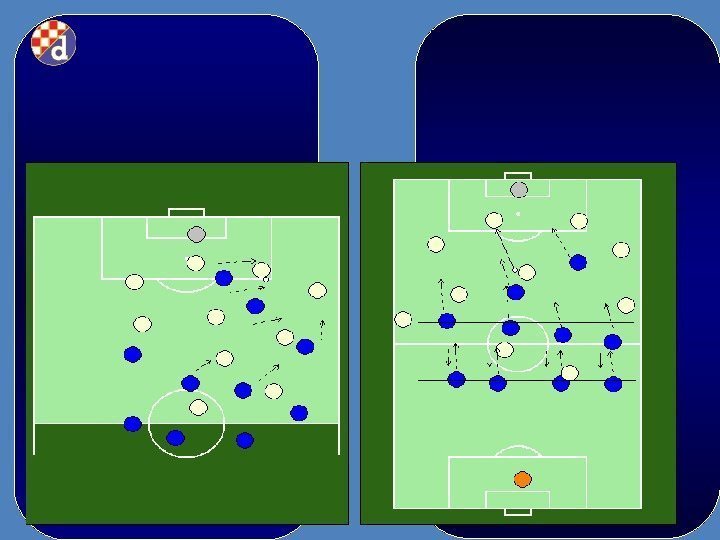

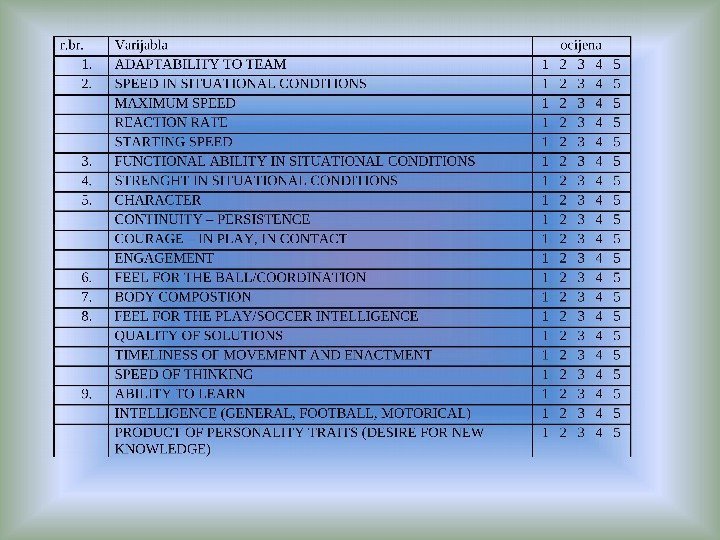
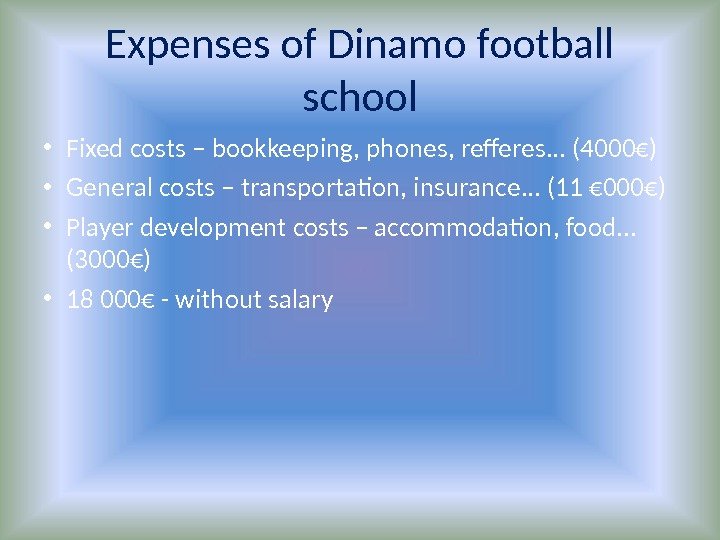
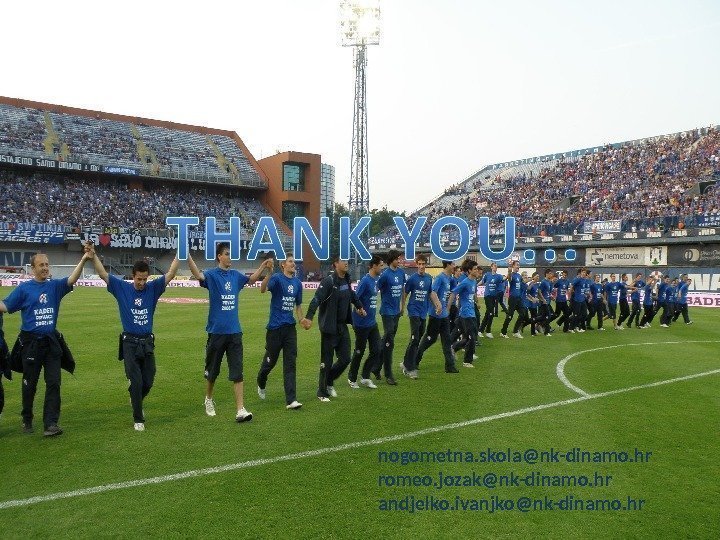
football_school_dinamo_zagreb-engcor.ppt
- Размер: 11.0 Мб
- Автор: Александр Дейниченко
- Количество слайдов: 66
Описание презентации FC DINAMO ZAGREB mr. sc. Romeo Jozak Youth по слайдам
 FC DINAMO ZAGREB mr. sc. Romeo Jozak Youth academy director
FC DINAMO ZAGREB mr. sc. Romeo Jozak Youth academy director
 Engleska (3) Francuska (3) Ukrajina (1) Turska (1) Grčka (3)Austrija (2)Engleska (3) Francuska (3)Engleska (3) Austrija (2) Francuska (3)Engleska (3) Ukrajina (1) Austrija (2) Francuska (3)Engleska (3) Turska (1)Ukrajina (1) Austrija (2) Francuska (3)Engleska (3) Grčka (3) Turska (1) Ukrajina (1) Austrija (2) Francuska (3)Engleska (3) Ukrajina (1) Francuska (3)Engleska (3) Austrija (2) Ukrajina (1) Francuska (3)Engleska (3) Turska (1)Austrija (2) Ukrajina (1) Francuska (3)Engleska (3) Greece (3) Ukraine (1)Germany (5) France (3)England (4) Belgium (3) Poland (1) Turkey (1)Austria (2)in last five years. . .
Engleska (3) Francuska (3) Ukrajina (1) Turska (1) Grčka (3)Austrija (2)Engleska (3) Francuska (3)Engleska (3) Austrija (2) Francuska (3)Engleska (3) Ukrajina (1) Austrija (2) Francuska (3)Engleska (3) Turska (1)Ukrajina (1) Austrija (2) Francuska (3)Engleska (3) Grčka (3) Turska (1) Ukrajina (1) Austrija (2) Francuska (3)Engleska (3) Ukrajina (1) Francuska (3)Engleska (3) Austrija (2) Ukrajina (1) Francuska (3)Engleska (3) Turska (1)Austrija (2) Ukrajina (1) Francuska (3)Engleska (3) Greece (3) Ukraine (1)Germany (5) France (3)England (4) Belgium (3) Poland (1) Turkey (1)Austria (2)in last five years. . .
 Dinamo Zagreb Football School
Dinamo Zagreb Football School

 Romeo Jozak, director Youth Academy Dinamo U — 14 Siniša Oreščanin U -12 Sejad Halilović U – 10 Zoran Marčetić U — 8 Miro DavidovićFITNESS COACHES Krešimir Šoš DATABASE ADMINISTRATOR Anđelko Ivanjko COACHES FOR INDIVIDUAL TRAINING Ivica Senzen Zdenko Kobeščak Zvjezdan CvjetkovićMEDICAL STAFF dr. Tomislav Cerovečki dr. Tomislav Mađar Marko Bosak Kristijan Nađenić Marko MartinovićU — 19 Dinko Jeličić Damir Ferenčina U — 15 Fabijan Komljenović MATCH ANALYST U -17 Jozo Bandić GOALKEEPER COACH Zlatko Škorić Željko StinčićCOORDINATOR ( U 8 – U 13) Igor GabrijelićFITNESS COACHES Ivan Segedi FITNESS COACHES Tamara Despot OPEN SCHOOL Danijel Erbežnik, Ugo Klingor, Zoran Marčetić U — 9 Miro DavidovićU — 11 Zoran JoksovićU -13 Igor CvitanovićU — 16 Vlado Kasalo
Romeo Jozak, director Youth Academy Dinamo U — 14 Siniša Oreščanin U -12 Sejad Halilović U – 10 Zoran Marčetić U — 8 Miro DavidovićFITNESS COACHES Krešimir Šoš DATABASE ADMINISTRATOR Anđelko Ivanjko COACHES FOR INDIVIDUAL TRAINING Ivica Senzen Zdenko Kobeščak Zvjezdan CvjetkovićMEDICAL STAFF dr. Tomislav Cerovečki dr. Tomislav Mađar Marko Bosak Kristijan Nađenić Marko MartinovićU — 19 Dinko Jeličić Damir Ferenčina U — 15 Fabijan Komljenović MATCH ANALYST U -17 Jozo Bandić GOALKEEPER COACH Zlatko Škorić Željko StinčićCOORDINATOR ( U 8 – U 13) Igor GabrijelićFITNESS COACHES Ivan Segedi FITNESS COACHES Tamara Despot OPEN SCHOOL Danijel Erbežnik, Ugo Klingor, Zoran Marčetić U — 9 Miro DavidovićU — 11 Zoran JoksovićU -13 Igor CvitanovićU — 16 Vlado Kasalo
 Romeo Jozak biography • Place of birth: Rijeka • Date of birth: 11. 10. 1972. • Master of science in Kinesiology • The president of Technical Committee of Croatia Football Federation • UEFA PRO License
Romeo Jozak biography • Place of birth: Rijeka • Date of birth: 11. 10. 1972. • Master of science in Kinesiology • The president of Technical Committee of Croatia Football Federation • UEFA PRO License

 10 age groups U-8 12 players (7 years old) U-9 15 players (8 years old) U-10 15 players (9 years old) U-11 15 players (10 years old) U-12 18 players (11 years old) U-13 18 players (12 years old) U-14 20 players (13 years old) U-15 20 players (14 years old) U-16 20 players (15 years old) U-17 26 players (15 -16 years old) U-19 26 players (17 -18 years old)
10 age groups U-8 12 players (7 years old) U-9 15 players (8 years old) U-10 15 players (9 years old) U-11 15 players (10 years old) U-12 18 players (11 years old) U-13 18 players (12 years old) U-14 20 players (13 years old) U-15 20 players (14 years old) U-16 20 players (15 years old) U-17 26 players (15 -16 years old) U-19 26 players (17 -18 years old)
 STAFF INVOLVED IN THE TRAINING PROCESS • 1 st coach • 2 nd coach • fitness coach • goalkeeper coach • doctor • physiotherapist • psychologist • delegate
STAFF INVOLVED IN THE TRAINING PROCESS • 1 st coach • 2 nd coach • fitness coach • goalkeeper coach • doctor • physiotherapist • psychologist • delegate
 U-8 U-10 U- 9 U-11 U-12 U-13 U-14 U-15 U-17 U-19 3 -4 trainings a week 4 -5 trainings a week 5 -6 trainings a week 6 -7 trainings a week. No. of training sessions per week
U-8 U-10 U- 9 U-11 U-12 U-13 U-14 U-15 U-17 U-19 3 -4 trainings a week 4 -5 trainings a week 5 -6 trainings a week 6 -7 trainings a week. No. of training sessions per week
 Guidelines of demands through age groups TE-TA demands through competitive thinking. FUNdamentals & technique development steps U 10, U 11 TE-TA f orming & game understanding U 8, U 9 U 12, U 13 U-14, U 15 U 17 U 19 U 16 BASIC PRINCIPLES OF DYNAMIC TECHNIQUES SITUATIONAL PRINCIPLES OF DYNAMIC TEHNIQUESGROUP DEFANSIVE TACTICS (2, 3, 4) TEAM DEFANSIVE TACTICS INDIVIDUAL TACTICS COMPLETED INDIVIDUAL TEHNIQU
Guidelines of demands through age groups TE-TA demands through competitive thinking. FUNdamentals & technique development steps U 10, U 11 TE-TA f orming & game understanding U 8, U 9 U 12, U 13 U-14, U 15 U 17 U 19 U 16 BASIC PRINCIPLES OF DYNAMIC TECHNIQUES SITUATIONAL PRINCIPLES OF DYNAMIC TEHNIQUESGROUP DEFANSIVE TACTICS (2, 3, 4) TEAM DEFANSIVE TACTICS INDIVIDUAL TACTICS COMPLETED INDIVIDUAL TEHNIQU
 How do we help our young players to get the right information?
How do we help our young players to get the right information?
 GENERAL OBJECTIVES OF FOOTBALL SCHOOL • development of healthy lifestyle habits • training youngsters to be good people • helping children to be happy in sport • responsi bi l ity in daily school obligations • development of players for the first team
GENERAL OBJECTIVES OF FOOTBALL SCHOOL • development of healthy lifestyle habits • training youngsters to be good people • helping children to be happy in sport • responsi bi l ity in daily school obligations • development of players for the first team
 1 st TEAM YOUTH ACADEMYINTERNATIONAL
1 st TEAM YOUTH ACADEMYINTERNATIONAL
 How to get into the 1 st team? U-15 OPEN SCHOOL U-6 TO U-8 U-9 U-17 U-19 U-14 U-11 U-13 U-12 U-10 1 st TEAM B-TEAM U-8 U-
How to get into the 1 st team? U-15 OPEN SCHOOL U-6 TO U-8 U-9 U-17 U-19 U-14 U-11 U-13 U-12 U-10 1 st TEAM B-TEAM U-8 U-
 TRAINING DEMANDS — learning basic principles of football — achieving high physical preparedness — mastering technical elements of the game — mastering tactical elements of the game — learning and perfecting different game systems — individual training with young talents — satisfaction in training and competition
TRAINING DEMANDS — learning basic principles of football — achieving high physical preparedness — mastering technical elements of the game — mastering tactical elements of the game — learning and perfecting different game systems — individual training with young talents — satisfaction in training and competition
 IN-GAME GOALS — meeting technical and tactical demands — ensuring the continuity of stable performance of the individual and team — adaptation to pressure — meet ing players ‘ and the club’s ambition — encouraging fair play game
IN-GAME GOALS — meeting technical and tactical demands — ensuring the continuity of stable performance of the individual and team — adaptation to pressure — meet ing players ‘ and the club’s ambition — encouraging fair play game
 PLAN AND PROGRAMME U-8 TO U-11 consists mainly of the elements of technique and application of these elements in a free play — remaining time concentrates on physical preparation, tactical preparation and theory
PLAN AND PROGRAMME U-8 TO U-11 consists mainly of the elements of technique and application of these elements in a free play — remaining time concentrates on physical preparation, tactical preparation and theory
 PLAN AND PROGRAMME (U-8, U-9) — system of play: 1 -3 -2 -3 REQUIREMENTS — taking p ositions and maintain ing the basic formation — free play — learning the basic principles of football game — basic movement paths — basic passing routes
PLAN AND PROGRAMME (U-8, U-9) — system of play: 1 -3 -2 -3 REQUIREMENTS — taking p ositions and maintain ing the basic formation — free play — learning the basic principles of football game — basic movement paths — basic passing routes
 PLAN AND PROGRAMME (U-8, U-9) TRAINING & GAME PLAN 62 games (indoor included) 20 — tournaments 20 — friendlies 22 — championship 100 — 120 trainings 3 — 4 trainings weekly Training duration — 60 — 75 min Game duration 2 x 20 min.
PLAN AND PROGRAMME (U-8, U-9) TRAINING & GAME PLAN 62 games (indoor included) 20 — tournaments 20 — friendlies 22 — championship 100 — 120 trainings 3 — 4 trainings weekly Training duration — 60 — 75 min Game duration 2 x 20 min.
 PLAN AND PROGRAMME (U-8, U-9)
PLAN AND PROGRAMME (U-8, U-9)
 PLAN AND PROGRAMME (U-10, U-11) — system of play: 1 -3 -2 -3 REQUIREMENTS — individual tactics — defense, attack — encouraging 1 on 1 game — mini games (4: 1, 3: 2, 4: 2, …) — possesion games (5: 5+2, 4: 4+2, …)
PLAN AND PROGRAMME (U-10, U-11) — system of play: 1 -3 -2 -3 REQUIREMENTS — individual tactics — defense, attack — encouraging 1 on 1 game — mini games (4: 1, 3: 2, 4: 2, …) — possesion games (5: 5+2, 4: 4+2, …)
 PLAN AND PROGRAMME (U-10, U-11) TRAINING & GAME PLAN 72 games (indoor included) 20 — tournaments 30 — friendlies 22 — championship — 140 -160 trainings — 3 -4 trainings weekly — Training duration — 75 -90 min. — Game duration 2 x 20 min.
PLAN AND PROGRAMME (U-10, U-11) TRAINING & GAME PLAN 72 games (indoor included) 20 — tournaments 30 — friendlies 22 — championship — 140 -160 trainings — 3 -4 trainings weekly — Training duration — 75 -90 min. — Game duration 2 x 20 min.
 PLAN AND PROGRAMME (U-10, U-11) DAY OFF GAME ANALYSIS MINI GAMES TECHNIQUE FREEPLAY FLEXIBILITY COORDINATION TECHNIQUE FREE PLAY FLEXIBILITY SHOOTING PRACTICE FREE PLAY GAME MON TUE WED THU FRI SAT SUN
PLAN AND PROGRAMME (U-10, U-11) DAY OFF GAME ANALYSIS MINI GAMES TECHNIQUE FREEPLAY FLEXIBILITY COORDINATION TECHNIQUE FREE PLAY FLEXIBILITY SHOOTING PRACTICE FREE PLAY GAME MON TUE WED THU FRI SAT SUN
 OD MLAĐIH PIONIRI DO KADETA U-11 do U-17 DEMANDS AND OBJECTIVES — introducing and learning of the flat-four game system demands and characteristic — developing knowledge and skills of dynamic movement techniques and basic stereotypes of cooperation — developing physical and functional abilities in the sensitive phases — individual approach in resolving the TE-TA and physical deficiencies OD MLAĐIH PIONIRI DO KADETA U-11 do U-17 PLAN AND PROGRAMME U-12 TO U-
OD MLAĐIH PIONIRI DO KADETA U-11 do U-17 DEMANDS AND OBJECTIVES — introducing and learning of the flat-four game system demands and characteristic — developing knowledge and skills of dynamic movement techniques and basic stereotypes of cooperation — developing physical and functional abilities in the sensitive phases — individual approach in resolving the TE-TA and physical deficiencies OD MLAĐIH PIONIRI DO KADETA U-11 do U-17 PLAN AND PROGRAMME U-12 TO U-
 PLAN AND PROGRAMME U-12 TO U-17 EXAMPLE – variations of flat-four systems 1 -4 -4 -2 1 -4 -5 —
PLAN AND PROGRAMME U-12 TO U-17 EXAMPLE – variations of flat-four systems 1 -4 -4 -2 1 -4 -5 —
 PLAN AND PROGRAMME U-12 TO U-17 EXAMPLE – variations of flat-four systems 1 -4 -4 -2 diamond 1 -4 -3 —
PLAN AND PROGRAMME U-12 TO U-17 EXAMPLE – variations of flat-four systems 1 -4 -4 -2 diamond 1 -4 -3 —
 Basic stereotypes of cooperation Plays to the third player Wall pass Crossings Return passes Player surplus creating Positional cooperation Space creating
Basic stereotypes of cooperation Plays to the third player Wall pass Crossings Return passes Player surplus creating Positional cooperation Space creating
 Wall pass — defined as a cooperation between two players when one player passes the ball to his teammate and receives it back immediately, developing cooperation around one or more players from the opposing team wall pass flash wall pass video
Wall pass — defined as a cooperation between two players when one player passes the ball to his teammate and receives it back immediately, developing cooperation around one or more players from the opposing team wall pass flash wall pass video
 Crossings of players — considered as exchanging places or positions of players with the aim of developing the game. crossings flash crossings video
Crossings of players — considered as exchanging places or positions of players with the aim of developing the game. crossings flash crossings video
 Play to the third player — d efined as a cooperation between three o r more players where every subsequent pass is to the player who didn’t pass the previous ball plays to the third player flash plays to the third player video
Play to the third player — d efined as a cooperation between three o r more players where every subsequent pass is to the player who didn’t pass the previous ball plays to the third player flash plays to the third player video
 Space creating Individual Team- ster eotype of cooperation of two or more players where players move to create space for themselves that is meant to be used creating space flash creating space video
Space creating Individual Team- ster eotype of cooperation of two or more players where players move to create space for themselves that is meant to be used creating space flash creating space video
 Individual space creating Before the ball was received After the ball was received Away from the ball Sideways in relation to the ball To the ball
Individual space creating Before the ball was received After the ball was received Away from the ball Sideways in relation to the ball To the ball
 Individual space creating (to the ball)
Individual space creating (to the ball)
 Individual space creating (away from the ball)
Individual space creating (away from the ball)
 Individual space creating ( sideways in relation to the ball )
Individual space creating ( sideways in relation to the ball )
 Team space creating Rotations Leaving the space open. Crossings
Team space creating Rotations Leaving the space open. Crossings
 Team space creating (crossings of players)
Team space creating (crossings of players)
 Team space creating (rotations of players)
Team space creating (rotations of players)
 Team space creating (( leaving the space open ))
Team space creating (( leaving the space open ))
 Return passes — p assing the ball to the player primarily in the direction where it came from, whether to the same or to the third player return pasess video
Return passes — p assing the ball to the player primarily in the direction where it came from, whether to the same or to the third player return pasess video
 Player surplus creating — s tereotype of cooperation where player that doesn’t have the ball, by moving in front of or behind the player that does have it, creates a surplus of players in front player surplus creating flash player surplus creating video
Player surplus creating — s tereotype of cooperation where player that doesn’t have the ball, by moving in front of or behind the player that does have it, creates a surplus of players in front player surplus creating flash player surplus creating video
 Positional cooperation — refers to the collective receiving and passing of the ball that maintains space parameters of players on the field before and after the cooperation
Positional cooperation — refers to the collective receiving and passing of the ball that maintains space parameters of players on the field before and after the cooperation
 PLAN AND PROGRAMME U-16 TO U-19 DEMANDS AND OBJECTIVES — perfecting the demands of the flat-four system — automation of team defen se demands — automation of team offense demands and game logic requirements — improvement of individual specialties — tracking and evaluation of training effects – creating a database
PLAN AND PROGRAMME U-16 TO U-19 DEMANDS AND OBJECTIVES — perfecting the demands of the flat-four system — automation of team defen se demands — automation of team offense demands and game logic requirements — improvement of individual specialties — tracking and evaluation of training effects – creating a database
 Team defence tactics Flat-f our system “ shallow” position — zone defence “ high” position — zone pressure Pressure
Team defence tactics Flat-f our system “ shallow” position — zone defence “ high” position — zone pressure Pressure
 Team defence tactic demands (flat- four system in the “shallow” position) — zone defence Overtaking of players by depth (sideline) Blocking of changing the side -strikers. Blocking of changing the side -midfield players Blocking of ball penetration by diagonal zone movements Narrow standing by width Timely appropriate step up to the player in the line in front – high step up on the sideline Doubling-up and directing Narrow standing by depth Leaving the player outside of individual defence zone Overtaking of players by width Reaction – line movement – after opponent’s team pass back (in the midfield) Reaction – zone pressure — after opponent’s team pass back — (on the side line)
Team defence tactic demands (flat- four system in the “shallow” position) — zone defence Overtaking of players by depth (sideline) Blocking of changing the side -strikers. Blocking of changing the side -midfield players Blocking of ball penetration by diagonal zone movements Narrow standing by width Timely appropriate step up to the player in the line in front – high step up on the sideline Doubling-up and directing Narrow standing by depth Leaving the player outside of individual defence zone Overtaking of players by width Reaction – line movement – after opponent’s team pass back (in the midfield) Reaction – zone pressure — after opponent’s team pass back — (on the side line)
 Overtaking of players by depth (sideline) Overtaking of players by width
Overtaking of players by depth (sideline) Overtaking of players by width
 Blocking of changing the side — midfield players Blocking of changing the side — strikers
Blocking of changing the side — midfield players Blocking of changing the side — strikers
 Sprečavanje odigravanja dubine dijagonalnim zatvaranjem Pravovremeno izlazak igrača. Blocking of ball penetration by diagonal zone movements Timely appropriate step up to the player in the line in front – high step up on the sideline
Sprečavanje odigravanja dubine dijagonalnim zatvaranjem Pravovremeno izlazak igrača. Blocking of ball penetration by diagonal zone movements Timely appropriate step up to the player in the line in front – high step up on the sideline
 Narrow standing by width Narrow standing by depth
Narrow standing by width Narrow standing by depth
 Doubling-up and directing Leaving the player outside of individual defence zone
Doubling-up and directing Leaving the player outside of individual defence zone
 Reaction – zone pressure — after oponnents team pass back (on the side line) Reaction – line movement – after oponnents team pass back (in the midfield) Reaction – zone pressure — after opponent’s team pass back (on the side line) Reaction – line movement – after opponent’s team pass back (in the midfield)
Reaction – zone pressure — after oponnents team pass back (on the side line) Reaction – line movement – after oponnents team pass back (in the midfield) Reaction – zone pressure — after opponent’s team pass back (on the side line) Reaction – line movement – after opponent’s team pass back (in the midfield)
 Team defence tactic demands (flat- four system in the “high” position)– zone pressure Overtaking of players by depth (sideline) Blocking of changing the side -midfield players and strikers Blocking of ball penetration by diagonal zone movements Timely appropriate step up to the player in the line in front Doubling-up and directing Aggressive blocking — narrow standing by depth Returning to zone after Unsuccessful pressure. Reaction – zone pressure after opponents team pass back (midfield) Reaction – line movement – after opponent’s team pass back (on the side line)“ High” zonal pressure – preventing long and diagonal balls
Team defence tactic demands (flat- four system in the “high” position)– zone pressure Overtaking of players by depth (sideline) Blocking of changing the side -midfield players and strikers Blocking of ball penetration by diagonal zone movements Timely appropriate step up to the player in the line in front Doubling-up and directing Aggressive blocking — narrow standing by depth Returning to zone after Unsuccessful pressure. Reaction – zone pressure after opponents team pass back (midfield) Reaction – line movement – after opponent’s team pass back (on the side line)“ High” zonal pressure – preventing long and diagonal balls
 Overtaking of players by depth (sideline) Agressive blocking — narrow standing by depth
Overtaking of players by depth (sideline) Agressive blocking — narrow standing by depth
 Blocking of changing the side -midfield players and strikers “ High” zonal pressure – preventing long and diagonal balls
Blocking of changing the side -midfield players and strikers “ High” zonal pressure – preventing long and diagonal balls
 Blocking of ball penetration by diagonal zone movements Doubling-up and directing
Blocking of ball penetration by diagonal zone movements Doubling-up and directing
 Returning to zone after unsuccessful pressure Reaction – line movement – after opponent’s team pass back (on the side line)
Returning to zone after unsuccessful pressure Reaction – line movement – after opponent’s team pass back (on the side line)
 Team defence tactic demands — pressure Overtaking of players by depth and width Narrow standing in ball area Blocking of changing the side Step up to the highest possible position of block, Forcing the outbreak of the ball Doubling up/ tripling up High step up in blocking position – defensive midfilders Directing opponent in pressure zone Backline movements forwards/backwards
Team defence tactic demands — pressure Overtaking of players by depth and width Narrow standing in ball area Blocking of changing the side Step up to the highest possible position of block, Forcing the outbreak of the ball Doubling up/ tripling up High step up in blocking position – defensive midfilders Directing opponent in pressure zone Backline movements forwards/backwards
 Overtaking of players by depth and width Narrow standing in ball area
Overtaking of players by depth and width Narrow standing in ball area
 Blocking of changing the side Doubling up/ tripling up
Blocking of changing the side Doubling up/ tripling up
 Step up to the highest possible position of block, forcing the outbreak of the ball High step up in blocking position – defensive midfeilders
Step up to the highest possible position of block, forcing the outbreak of the ball High step up in blocking position – defensive midfeilders
 Routing opponent in pressing zone Backline movements forwards/backwards
Routing opponent in pressing zone Backline movements forwards/backwards
 GENERAL STRUCTURE MORPHOLOGICAL CHARACTERISTICS MOTORICAL ABILITIES FUNCTIONAL ABILITIESPHYSICAL PREPARATION PSYCHOLOGICAL PREPARATION MEDICAL STATUS BODY COMPOSITION SPEED STRENGTH ENDURANCE PREVENTION — biomechanics, inhibition, proprioception ANTICIPATION REACTION FREQUENCY ACCELERATION AND DECELERATION OF RUNNING MAXIMUM SPEED RUNNING AGILITY AND ABILITY TO CHANGE SPEED OF RUNNING PREVENTION — stability, dynamic flexibility ADAPTATION — repetitive strength training HYPERTROPHY STRENGTH POWER – maximum performance SPEED POWER — explosiveness ELASTIC POWER — plyometric PREVENTION – relaxation, static flexibility REGENERATION AEROBIC EXTENSIVE TRAINING AEROBIC INTENSIVE TRAINING ANAEROBIC TRAINING – above threshold ANAEROBIC LACTATE TRAINING ANAEROBIC ALACTATE TRAININGVOLUME TACTICAL PREPARATIONTECHNICAL PREPARATION
GENERAL STRUCTURE MORPHOLOGICAL CHARACTERISTICS MOTORICAL ABILITIES FUNCTIONAL ABILITIESPHYSICAL PREPARATION PSYCHOLOGICAL PREPARATION MEDICAL STATUS BODY COMPOSITION SPEED STRENGTH ENDURANCE PREVENTION — biomechanics, inhibition, proprioception ANTICIPATION REACTION FREQUENCY ACCELERATION AND DECELERATION OF RUNNING MAXIMUM SPEED RUNNING AGILITY AND ABILITY TO CHANGE SPEED OF RUNNING PREVENTION — stability, dynamic flexibility ADAPTATION — repetitive strength training HYPERTROPHY STRENGTH POWER – maximum performance SPEED POWER — explosiveness ELASTIC POWER — plyometric PREVENTION – relaxation, static flexibility REGENERATION AEROBIC EXTENSIVE TRAINING AEROBIC INTENSIVE TRAINING ANAEROBIC TRAINING – above threshold ANAEROBIC LACTATE TRAINING ANAEROBIC ALACTATE TRAININGVOLUME TACTICAL PREPARATIONTECHNICAL PREPARATION

 Expenses of Dinamo football school • Fixed costs – bookkeeping, phones, refferes. . . (4000€) • General costs – transportation, insurance. . . (11 € 000€) • Player development costs – accommodation, food. . . (3000€) • 18 000€ — without salary
Expenses of Dinamo football school • Fixed costs – bookkeeping, phones, refferes. . . (4000€) • General costs – transportation, insurance. . . (11 € 000€) • Player development costs – accommodation, food. . . (3000€) • 18 000€ — without salary
 nogometna. skola@nk-dinamo. hr romeo. jozak@nk-dinamo. hr andjelko. ivanjko@nk-dinamo. hr
nogometna. skola@nk-dinamo. hr romeo. jozak@nk-dinamo. hr andjelko. ivanjko@nk-dinamo. hr
